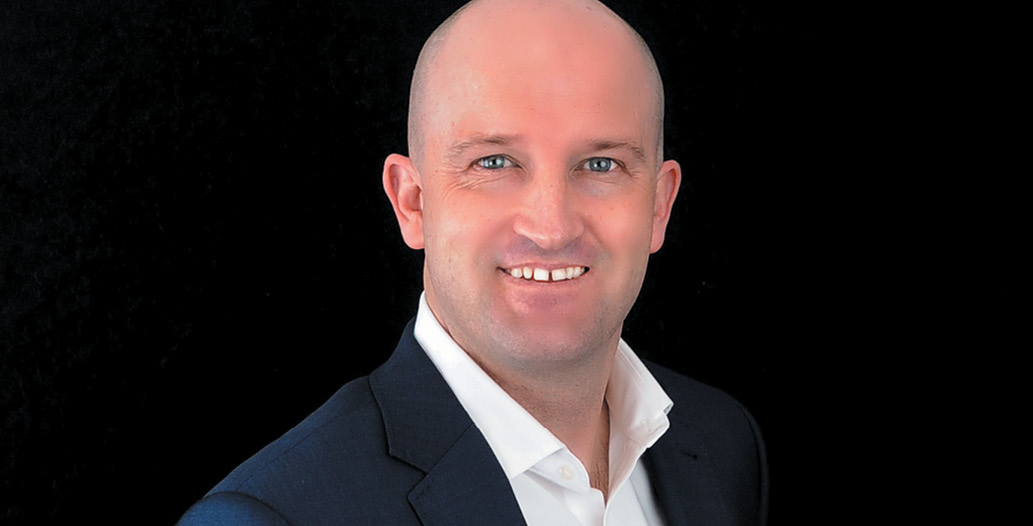BY BYRON FREEBORN, RAINE & HORNE WYNNUM
“Where do we go from here?” is one of the preeminent questions of the day when it comes to owner-occupiers looking at the stunning rise in property values in their local areas.
It’s a beautiful thing to see – equity has increased in one of their biggest assets, the much-loved family home is flourishing price-wise. In many cases, selling would result in a 4-5 fold increase of the original purchase – and catapult them into the next chapter of their lives with a healthy financial buffer.
But, the stumbling block is, where do they go, what are the options at hand?
The number one question is, “why sell up and move?” If you’re happy where you are, and the house suits your lifestyle, stay put.
However, if there is a material gain, it may be wise to explore the options.
What we see primarily with our client base in the 50-60 plus year-old bracket is the classic “downsize” from the large two-storey home on a bigger block, to a (usually newer build) low-set house on a smaller block. These clients want less maintenance both inside and out, no stairs, and, if possible, to be a little closer to the water.
The slight catch: this product is hard to come by. The demand for this type of dwelling means that developers/builders in that space find it more challenging to find suitable lots to build on or purchase them at a price that works with the overall feasibility, notwithstanding the building costs and timeframe blowouts.
One option our clients have explored is settling on a newer low-set home but changing the geography. This still meets their lifestyle needs but allows them to downsize their mortgage. Peter Christopherson from My Super Future says that the benefit of downsizing financially often leaves clients with extra cash that can be directed to their super funds without tax implications (speak with your financial advisor for the details).
Another option is changing the dwelling type (i.e. moving to a villa or apartment) to ensure extra is cash leftover from the sale of their original dwelling but tweaking the geography a little to stay in the general bayside area.
Buyers may also decide to modify a home to suit a dual-living scenario. Options here include buying a dual-living property ready to move into or building or bringing in pre-built structures on a larger block of land. This scenario allows other family members to move in and live relatively independently while enjoying the benefits of combining resources with family.
Finally, purchasing into a lifestyle Over 55’s complex has become very popular for the active couples who want to keep a community connection going. This option gives them groups to join within the complex and facilities such as communal bars and golf courses. Past clients who have made that move tell me they love the lifestyle benefits. One aspect to consider with this type of investment is that, in most cases, you own the structure but not the land and also ongoing body corporate costs that you need to weigh up against ongoing financial sustainability.
Local finance broker Dieter Stahmer, the loan broker, recommends getting back to basics. Get in the car and look at different properties. There may be options out there that you’ve never considered, or there may be perceived barriers around what your next property may look like. This process helps get the conversation going and exposes you to a range of options.
The above information is general in nature and does not constitute professional advice – you should seek independent financial, taxation and legal advice particular to your personal situation.



